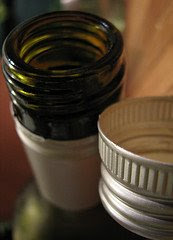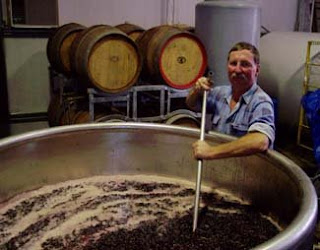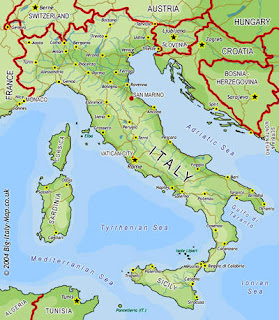 Randall Grahm, the owner of Bonny Doon Vineyard in Santa Cruz, California, had been having a lot of problems with cork. He was getting tainted bottles and felt that it was unacceptable.
Randall Grahm, the owner of Bonny Doon Vineyard in Santa Cruz, California, had been having a lot of problems with cork. He was getting tainted bottles and felt that it was unacceptable. So, he first tried plastic corks. Then he turned to screw caps and thought that they were the best solution. But he said, "If we're going to come out with this thing, we can't just limp into the market." His whole staff was telling him "Let's just try it out in Iowa or something." He laughed and said, "Look, that won't tell me anything. In fact, we've got to go nation-wide with this. And we have to come out with a bang. We have to create a lot of buzz." Since he was the owner of the company, he backed the company on this thing. He decided to turn 90% of his production over to screw caps. And he said, "Well, if we're going to come out big, let's hold a funeral for cork."
He rented a place in Grand Central Station and they got a hearse to bring out this casket. Inside of the casket was a dummy made entirely out of cork and his name was M. Thierry Bouchon (a multi-lingual pun).
Thierry Bouchon is a slight variation of the word for cork screw. But it's also a very legitimate French name. Thierry is a normal French name and Bouchon just means cork. He thought that was a wonderful name. Randall got one of the world's leading wine writers, Jancis Robinson, to come to the funeral and they had a wonderful time. She delivered a "eulogy for cork." They got a lot of publicity. Randall is to this day a great advocate of the screw cap makers.





























